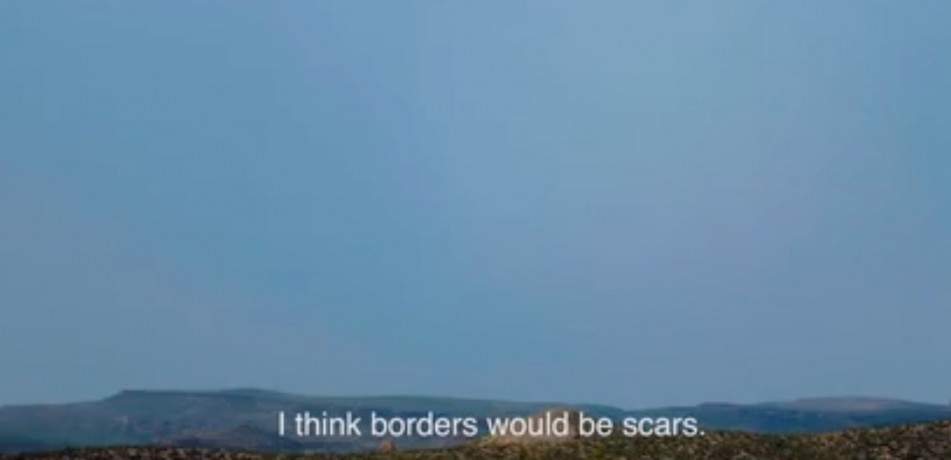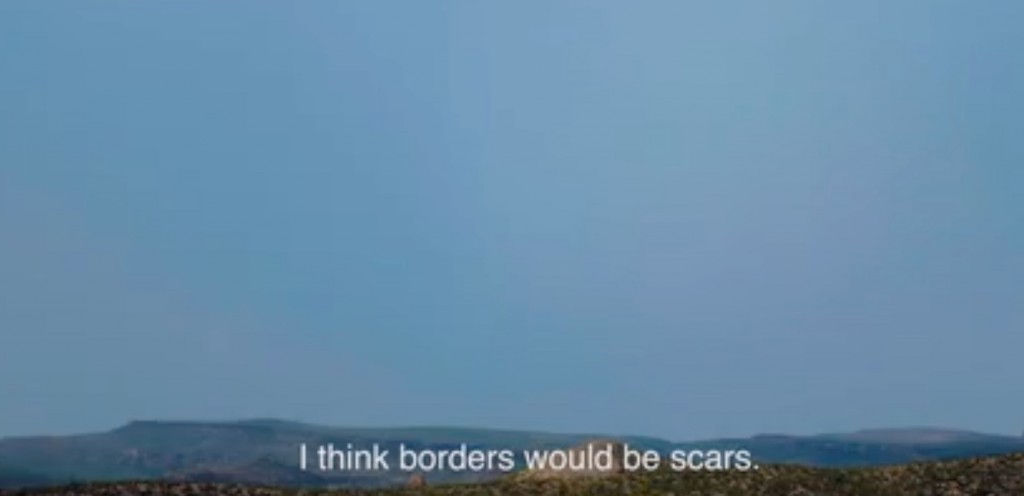Director Jem Goulding’s impressionistic account of the children who have survived perilous border crossings – “If the world was a body, I think borders would be scars.”
Watch the film here or click below image:
“We don’t see the faces of the people whose often traumatic testimonies of migration we hear in filmmaker Jem Goulding’s latest film. Instead, the director strikes a balance between the raw brutality of journalism and the conceptual storytelling of art film. To see faces would be to threaten the identities of people who have risked everything to cross the divisive border between the US and Mexico. And it is these stories that are the heart of this evocative film, which uses the accounts of children as a basis for its story.
“Borders are a complex matter and nuanced point of contention, that people can simplify too often”
Goulding balanced her poetic sensibility with the raw fact of human migration’s reality, which often occurs under traumatising and adverse conditions. “I focused in on the ‘seen-and-not-heard’ body politic, and tried to give a voice, and a platform to stories I believe are as universal as they are personal,” she explains. In order to ground the work in this reality, Goulding gathered oral testimonies of migration which she had translated into various Central American Spanish dialects. For the director, borders are not only literal facts, but also metaphorical divisions—between rich and poor; between non-American and American; and between victim and victimizer. Disembodied voices, coupled with subtitles and ambiguous imagery, convey the ‘unseen’ nature of the migrant crisis—which takes place in the middle of seas, on untrodden desert plains, and at the crux of borders, whether demarcated with high walls or roaring rivers.
“The subject of immigration and diaspora has always felt like a news motif running through the headlines of our generation,” explains Goulding. “While I don’t assume to get anywhere near to an answer in the film, I hope this at least asks some relevant questions. Another big undertaking was gaining access to kids that had already been through more than most of us could imagine. Ultimately, it was a tightrope to walk with minors on the record, but I saw that by keeping cameras out of the process I could distill their stories without making them uncomfortable with a need to capture their image.”
This post comes from Nowness.com
If you would like to help in any way, check: https://www.raicestexas.org


